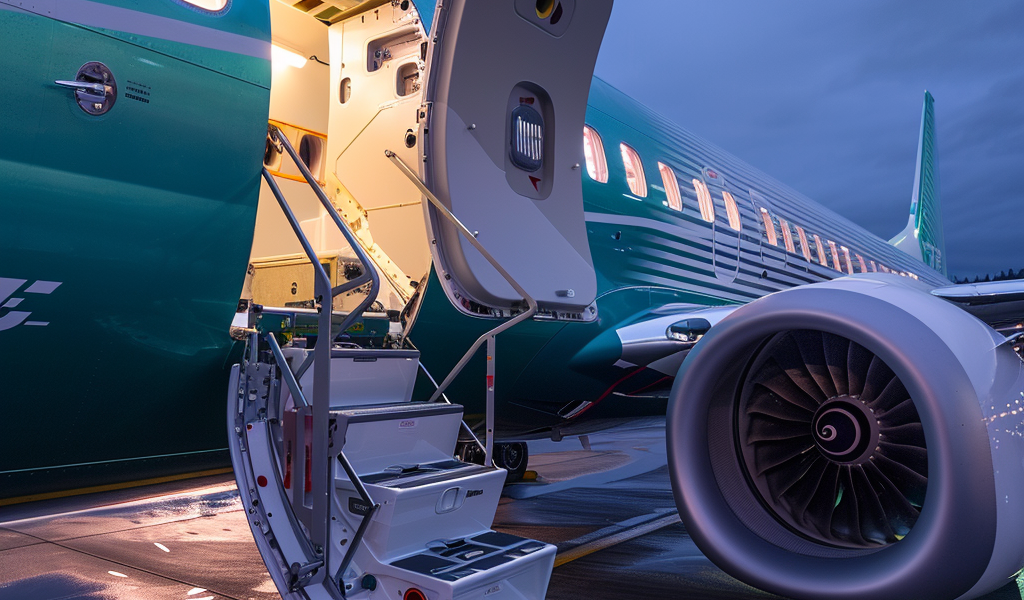Boeing chief executive Dave Calhoun is set to leave the company at the end of this year amidst a growing safety crisis. The announcement comes as the head of the commercial airlines division is set to retire immediately, and the chairman will not stand for re-election. The decision follows an incident in January where an unused door blew out of a Boeing 737 Max shortly after take-off, raising concerns about the firm’s safety and quality control standards.
Many analysts have expressed the need for a change in Boeing’s leadership, attributing the current crisis to problems in the firm’s corporate culture that require fresh insight to resolve. Stewart Glickman, equity analyst at CFRA Research, emphasized the necessity of a shake-up at the top, stating that internal voices may not be sufficient to change the company’s culture, which has been ingrained for too long.
Dave Calhoun assumed the chief executive role in early 2020 following the ousting of the previous boss, Dennis Muilenburg, in the aftermath of a major scandal. The company faced significant challenges when two brand new 737 Max planes were lost in almost identical accidents within five months, resulting in the tragic loss of 346 lives.
Upon taking over, Calhoun pledged to strengthen Boeing’s safety culture and rebuild trust. However, in January this year, a disused emergency exit door blew off a new Alaska Airlines Boeing 737 Max shortly after take-off, leading to a criminal investigation and legal action from passengers aboard the plane. Calhoun acknowledged the gravity of the situation, stating that Boeing must respond with humility and complete transparency.
The incident has reignited concerns among regulators and Boeing’s airline customers, highlighting the company’s corporate culture that prioritizes speed over safety. The Federal Aviation Administration’s audit of the 737 Max production process at Boeing and its supplier Spirit Aerosystems revealed multiple instances of failure to comply with manufacturing quality control requirements.





